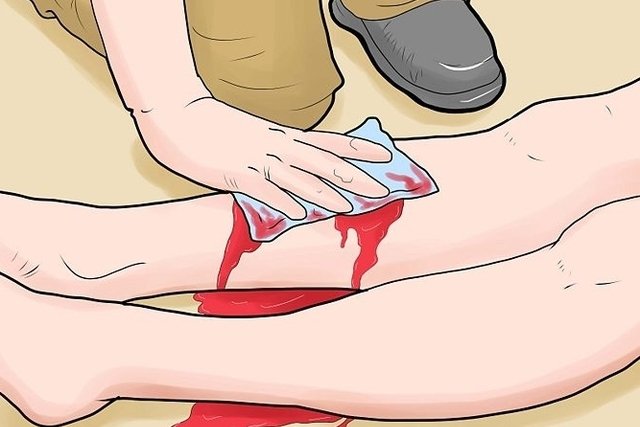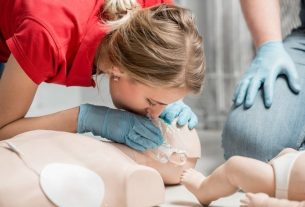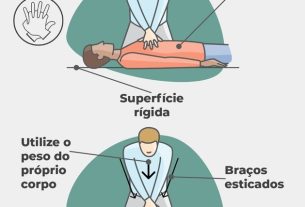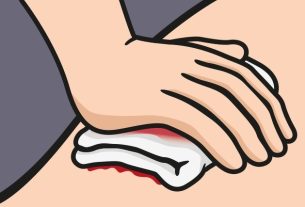An open fracture occurs when there is a wound associated with the fracture, whether it is possible to observe the bone or not. In these cases, there is a greater risk of developing an infection and, therefore, it is very important to know what to do to avoid these types of complications.
Therefore, in the case of an open fracture it is advised that:
- Call an ambulancecalling 192;
- Explore the region of the injury;
- If there is bleeding, elevate the affected area above the level of the heart;
- Cover the area with clean cloths or a sterile compress, if possible;
- Try to immobilize the joints that are found before and after the fracture, using splints that can be improvised, with metal or wooden bars, which must be previously padded.
If the wound continues to bleed a lot, try applying light pressure with a clean cloth or compress to the area around the wound, avoiding squeezing or compression that makes blood circulation difficult.
Furthermore, it is important to remember that you should never try to move the victim or put the bone in place, as, in addition to the intense pain, it can also cause serious damage to the nerves or worsen the bleeding, for example.

Main complications of open fracture
The main complication of an open fracture is osteomyelitis, which consists of infection of the bone by viruses and bacteria that can enter through the wound. This type of infection, when not treated properly, can continue to evolve until it affects the entire bone, and it may be necessary to amputate the bone.
Therefore, it is very important that, in the case of an open fracture, an ambulance is called immediately and the area is covered with a clean cloth or sterile compress, preferably, to protect the bone from bacteria and viruses.
Even after treating the fracture, it is very important to be aware of signs of bone infection, such as intense pain in the area, fever above 38ºC or swelling, to inform the doctor and initiate appropriate treatment if necessary.
Find out more about this complication and its treatment.

Sign up for our newsletter and stay up to date with exclusive news
that can transform your routine!
Warning: Undefined array key "title" in /home/storelat/public_html/wp-content/plugins/link-whisper-premium/templates/frontend/related-posts.php on line 12
Warning: Undefined array key "title_tag" in /home/storelat/public_html/wp-content/plugins/link-whisper-premium/templates/frontend/related-posts.php on line 13



